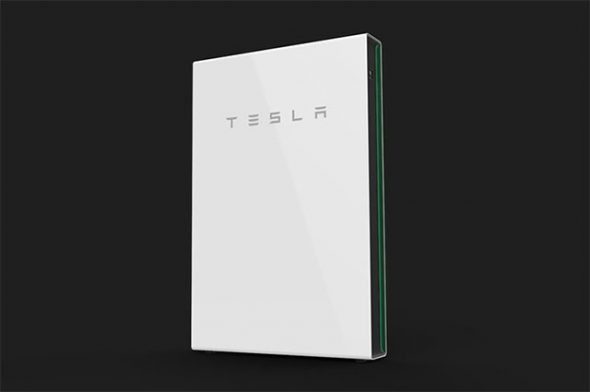
AGL has flagged the end of a long and frustrating wait for customers of its 5MW virtual power plant in South Australia by announcing battery storage makers Tesla and LG Chem and inverter provider SolarEdge as its new technology partners.
The first stage of the rollout to around 1,000 homes was ended – and some customers say abruptly -when AGL ceased installations of battery storage units from US company Sunverge last year. The project has been on hold while new partners were sought.
The teaming with Tesla marks yet another key win for the California-based energy group, following the construction of its Tesla big battery in South Australia, its newly announced 250MW virtual power plant backed by the South Australia government, and other storage tender wins.
It’s also a notable win for LG Chem, the South Korean battery storage maker that analysts and installers believe probably leads the Australian market with household battery installations.
“Virtual power plants” are the name given to a network of battery storage installations that are linked by software so that they can provide a range of services – such as selling capacity into the grid, and providing network support.
AGL has described its plans as being like a 5MW dispatchable solar plant. Numerous other VPPs have been trialled around the country – Powershop and Resposit announced a new initiative on Tuesday – but the biggest has been the Tesla initiative backed by the SA government.
The plans for the ARENA-backed $20 million project, which would pool up to 7MWh of storage capacity and 5MW of peak capacity, were first announced in 2016, when AGL CEO Andy Vesey said such installations could be made “all across the grid”.
The first stage was switched on in much 2017, although its opening was overshadowed by a verbal spat between premier Jay Weatherill and federal energy minister Josh Frydenberg.
“Our South Australian VPP demonstration is a practical example of the new energy future,” Vesey said at the time. “What we are currently seeing is the ability to simultaneously aggregate the battery discharge, which is a necessary step towards full orchestration capability.
“This also demonstrates the capability of the VPP to provide grid support services, including peak demand management and frequency control services.”
AGL says the choice of Tesla, SolarEdge and LG Chem represents the “next generation, best-in-class technology,” and indicated some of the 280 or so households that had already received a battery would be able to upgrade to the technology from the new partners.
Head of new energy Elisabeth Brinton said households would have the option to install a 9.3kWh LG Chem Resu battery paired with a SolarEdge inverter, or a 13.5kWh Tesla Powerwall 2.
“Being part of our VPP project means participants will be able to use their home battery systems to store excess energy produced by their solar systems, allowing them to be discharged when they need it,” Brinton said in a statement.
“This helps households draw less power from the grid, which can help them save on energy bills.
“The upgrade of Australia’s largest operating residential VPP, which has more than 1.4 megawatts (MW) of battery capacity installed and operating, will increase its ability to help support the electricity grid at times of high energy consumption.
“The project is constantly evolving as we build on the knowledge we have gained from the operation of the VPP.
Installations would commence from early March 2018, which will be a relief to many of the customers who have grown frustrated by delayed in deliver of their battery storage systems.
Some had contacted RenewEconomy directly, and others expressed their views on a special community engagement page set up by AGL.
One Adelaide householder told RenewEconomy he had paid a $474.80 deposit in mid April, 2017, a site inspection had been completed and he was informed a system would be in place by October. Some said they had their contract cancelled just a week before the intended installation.
Emails sent to customers by AGL on Tuesday morning promised they would be contacted within 30 days, although the new technology may require new quotes and site inspections.
“Depending on the outcome of a site inspection, additional works may be required to ensure your home is suitable for installation of your new solar battery,” the email said. “In such cases where additional costs may be incurred we will provide you with a revised quote for your approval before proceeding.”











